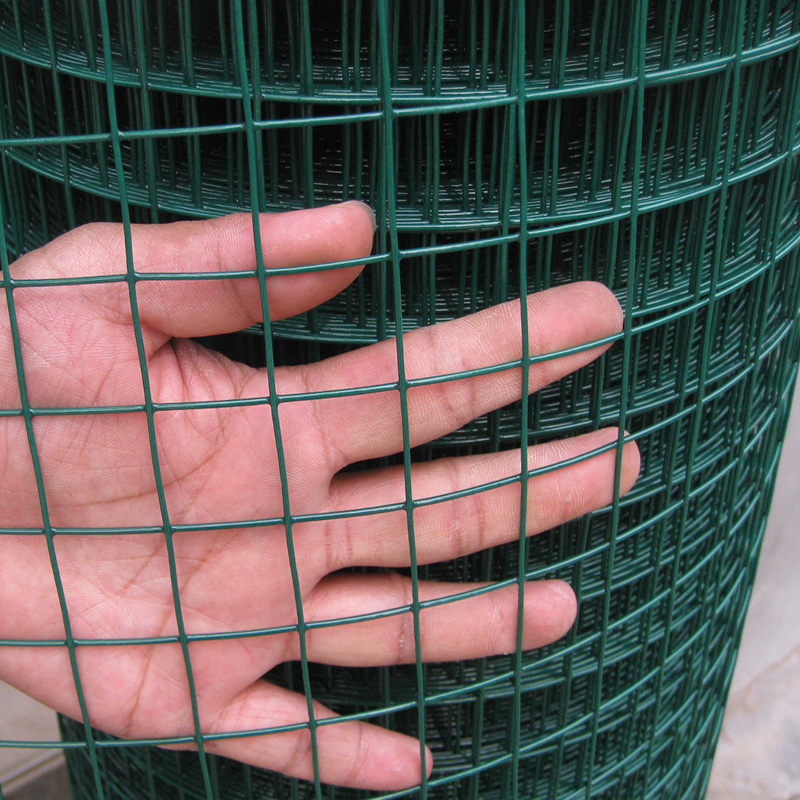-
+86 15030157877
-
sales@galvanizedmetalmesh.com
Dec . 15, 2024 13:33 Back to list
Top Manufacturers of 3D Fence Panels for Quality and Durability
Understanding the 3D Fence Panel Industry Insights into Manufacturing
In recent years, the demand for fencing solutions has skyrocketed, particularly for 3D fence panels. These panels are celebrated for their aesthetic appeal and functional versatility, making them a preferred choice for residential, commercial, and industrial applications. With the growing popularity of these products, a deeper understanding of 3D fence panel factories becomes essential.
What are 3D Fence Panels?
3D fence panels are constructed from a series of horizontal and vertical wires that create a robust structure. This design not only enhances the visual appeal but also provides superior strength and durability compared to traditional fencing methods. The panels are available in various heights and lengths, allowing for customization to meet specific needs. Furthermore, they can be powder-coated in different colors, making them suitable for a wide range of environments.
The Manufacturing Process
Producing 3D fence panels involves several critical steps
1. Raw Material Selection The primary material used for 3D fence panels is high-quality steel wire, which is chosen for its strength and long-lasting properties. Factories often source their materials from reputable suppliers to ensure quality.
2. Wire Preparation The steel wire is cut to precise lengths based on the design specifications. Once cut, the wires are cleaned to remove any impurities, ensuring optimal adherence of the protective coating that will follow.
3. Welding In the heart of the manufacturing process lies the welding stage. Advanced machines are employed to weld the horizontal and vertical wires together, forming the panels. This process is crucial; the quality of the welds directly impacts the overall strength and durability of the final product.
4. Surface Treatment After the panels are welded, they undergo surface treatments to protect against corrosion and rust. This typically involves galvanization or a powder coating process, which not only adds a protective layer but also allows for aesthetic customization.
3d fence panel factories

5. Quality Control Before the panels are packaged and shipped, they are subjected to rigorous quality control measures. This includes inspections for structural integrity, finish quality, and adherence to industry standards.
The Role of Factories in the Market
3D fence panel factories play a pivotal role in meeting the rising demand for fencing solutions. They are responsible for maintaining high production standards while also innovating new designs and materials. Most factories operate on a large scale, which allows for cost-efficient manufacturing processes. Here are some key factors that these factories focus on
- Sustainability As environmental concerns grow, many factories are adopting sustainable practices, such as using recycled materials and reducing waste in manufacturing.
- Innovation To stay competitive, factories continuously invest in research and development. This leads to the introduction of new products and enhancements to existing ones, such as noise-reducing panels or those with integrated technology for security purposes.
- Custom Solutions Flexibility and customer service are paramount. Factories often provide tailored solutions to meet the unique needs of different clients, enhancing client satisfaction and loyalty.
Future Perspectives
As urbanization continues and properties seek both security and aesthetic enhancements, the market for 3D fence panels is likely to expand. The evolution of manufacturing techniques, such as automation and smarter production lines, will help factories keep pace with this growing demand. Additionally, advancements in materials science might introduce even more resilient and eco-friendly fencing options.
In conclusion, the world of 3D fence panel factories is dynamic and multifaceted. These manufacturing entities not only produce a visually appealing and durable product but also contribute to the overall development of sustainable and innovative fencing solutions. As market demands evolve, so too will the factories that supply these essential components, ensuring that they remain at the forefront of the industry.
-
Spiral Plant Stick for Tomato Support - Durable & Easy to Install
NewsJul.27,2025
-
Stainless Steel Wire Mesh Roll Wholesale & Manufacturers – Quality Exporters
NewsJul.26,2025
-
High Quality 3D Curved Welded Wire Mesh Fence for Security and Aesthetics
NewsJul.25,2025
-
High-Quality Security Window Screen Mesh for Home & Office Protection
NewsJul.24,2025
-
Hexagonal Gabion for River Bank Protection and Retaining Walls
NewsJul.23,2025
-
High Quality Stainless Steel Wire Mesh Roll & Supplier Wholesale Price
NewsJul.22,2025



